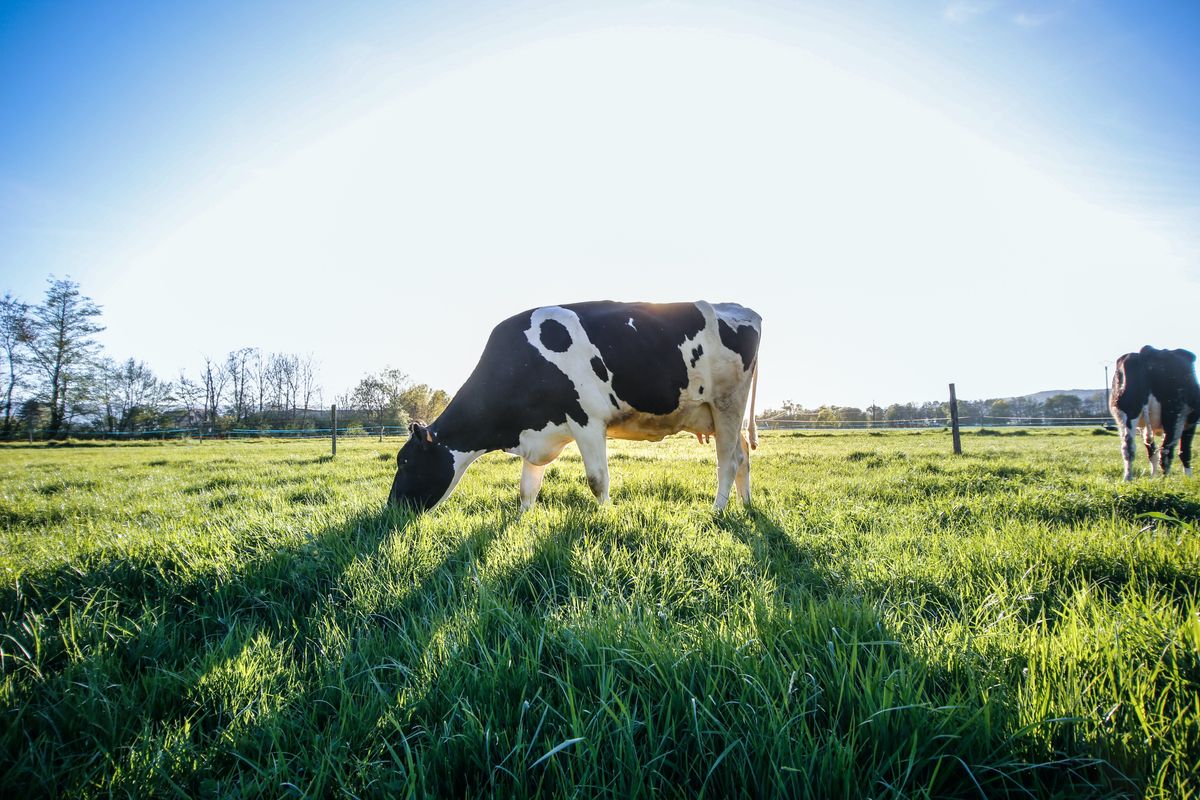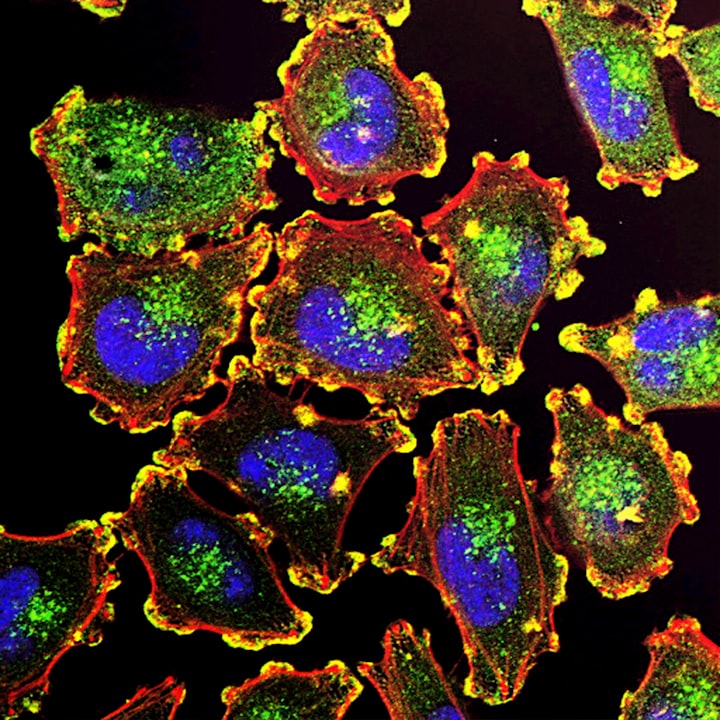The rise of plant-based meat

Meat consumption in the United States has increased a staggering 184% between 1961 and 2018! On an absolute basis, it is reported that the annual meat production increased by over 30 million tons during this time period.
The conflict in Ukraine has caused supply constraints in the corn (used as poultry feed) and wheat markets which has severely affected the global supply of these key grains. This has caused the price of these commodities to increase drastically. Similarly, the war has also resulted in a supply disruption of poultry (Ukraine is the 8th largest poultry exporter), pork, and beef produced in Ukraine. With supply constraints in these markets, how have consumers changed their consumption patterns to satisfy their craving for meat?
Well, there has been a recent increase in consumption of alternative meat products, especially plant-based meat because of these disruptions. Let’s take a quick look at what and how plant based meats are made.
What are plant-based proteins?
Plant-based proteins as implied by its name, are manufactured from plants and they are made to feel, taste, and appear like real meat. Plant-based meats are healthier than regular meat as they're lower in saturated fat and calories. According to Nestle Professional, plant-based meats are most commonly made from soy, peas, beans, mushrooms, mung beans, or wheat gluten (otherwise known as seitan). Other ingredients in plant-based meats can include coconut oil, vegetable protein extract, and beet juice.
The most surreal plant-based meats are a mix of some of those proteins, and many include natural pigments to make the meat look red and brown. For example, heme is a red ingredient that makes the Impossible Foods' products appear to “bleed”. Plant oils are often added to make the meat juicy, add flavor, or give the appearance of marbled fat.
Vegan binding agents are added to the mix and yeast can be added to create a meatier, more distinctively umami flavor. Many plant-based meat also include added vitamins like B12, iron, and zinc, which are all commonly found in animal sources.
To read more about the most common ingredient in plant-based meat - you can refer to the article "What Is Plant-Based Meat Made From?" which highlights the details.
Alternative proteins have come a long way since the 1980s. Quorn, a fungus-based meat alternative, first hit supermarket shelves in the 1980s, and Silk a soya milk, followed in the 1990s. Unlike those early products, clever processing has significantly improved the texture, additives have boosted the taste, and a pinch of specially engineered peas and beans have added nutrients.

So a food for thought: will the world one day be meat-free?
While we might not be completely meat free, as new food options come online such as plant-based meats, cell-based meat and fermentation based foods. I think its not farfetched to imagine a world were meat consumption sees a decreasing rather than increasing trend over the next few decades.
The production of cell-based and fermentation based foods also bring with it environmental benefits thus allowing for environmentally sustainable food to be consumed by individuals world over.
So is this the start or the end for plant-based meats?
If you like articles like this one, please do subscribe to our newsletter to stay updated with our latest articles.
Disclaimer: All opinions shared in this article are the opinions of the authors and do not constitute financial advice or recommendations to buy or sell. Please consult a financial advisor before you make any financial decisions.






Comments ()